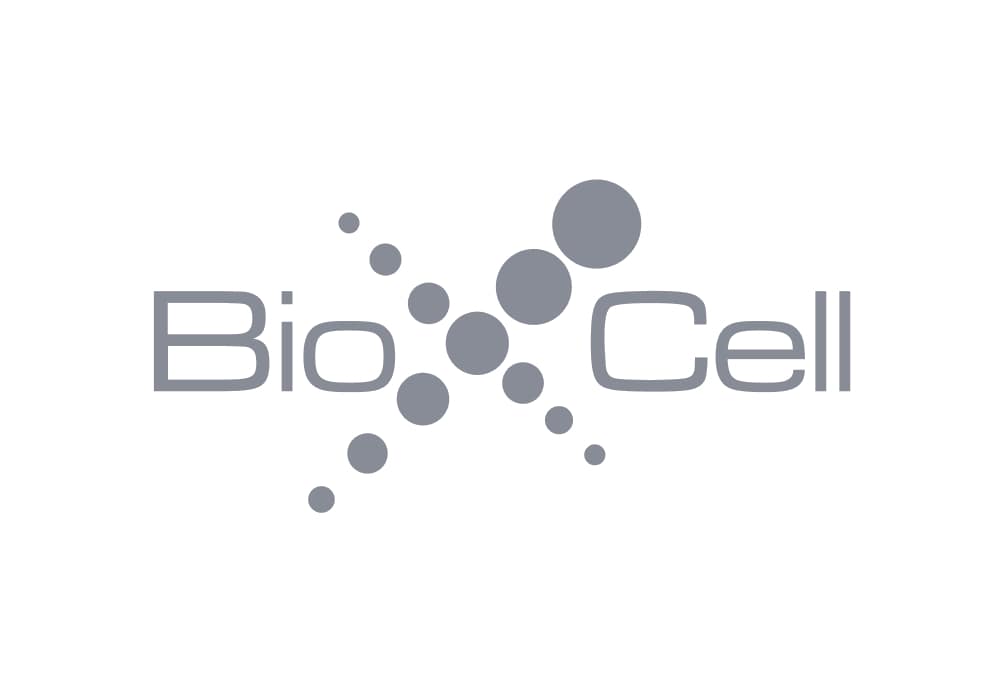Catalog #CP182
RecombiMAb anti-mouse PD-1 (CD279)
Clone
RMP1-14-CP182
Reactivities
Mouse
Isotype
Rat IgG2a, κ
You may also be interested in:

